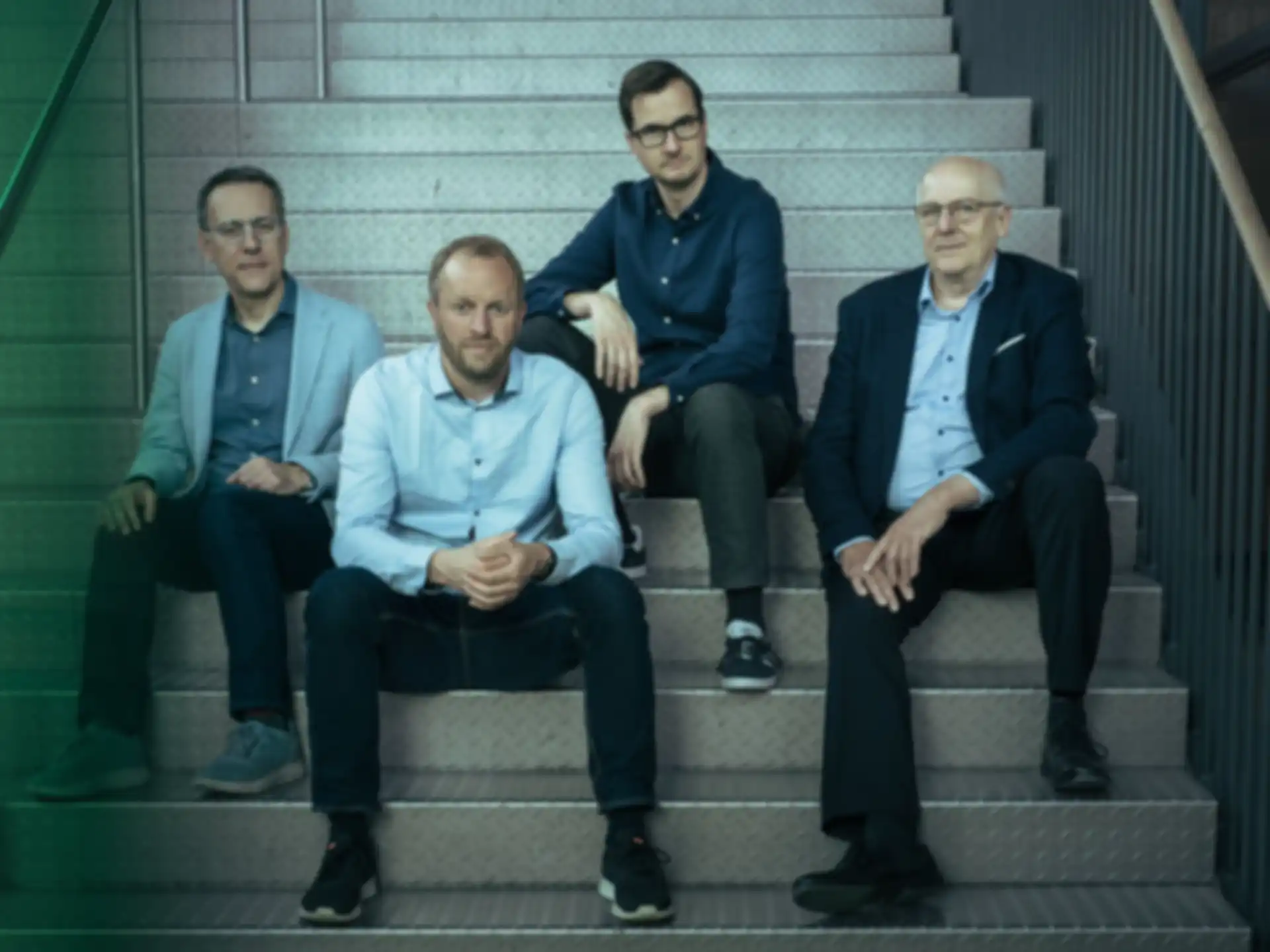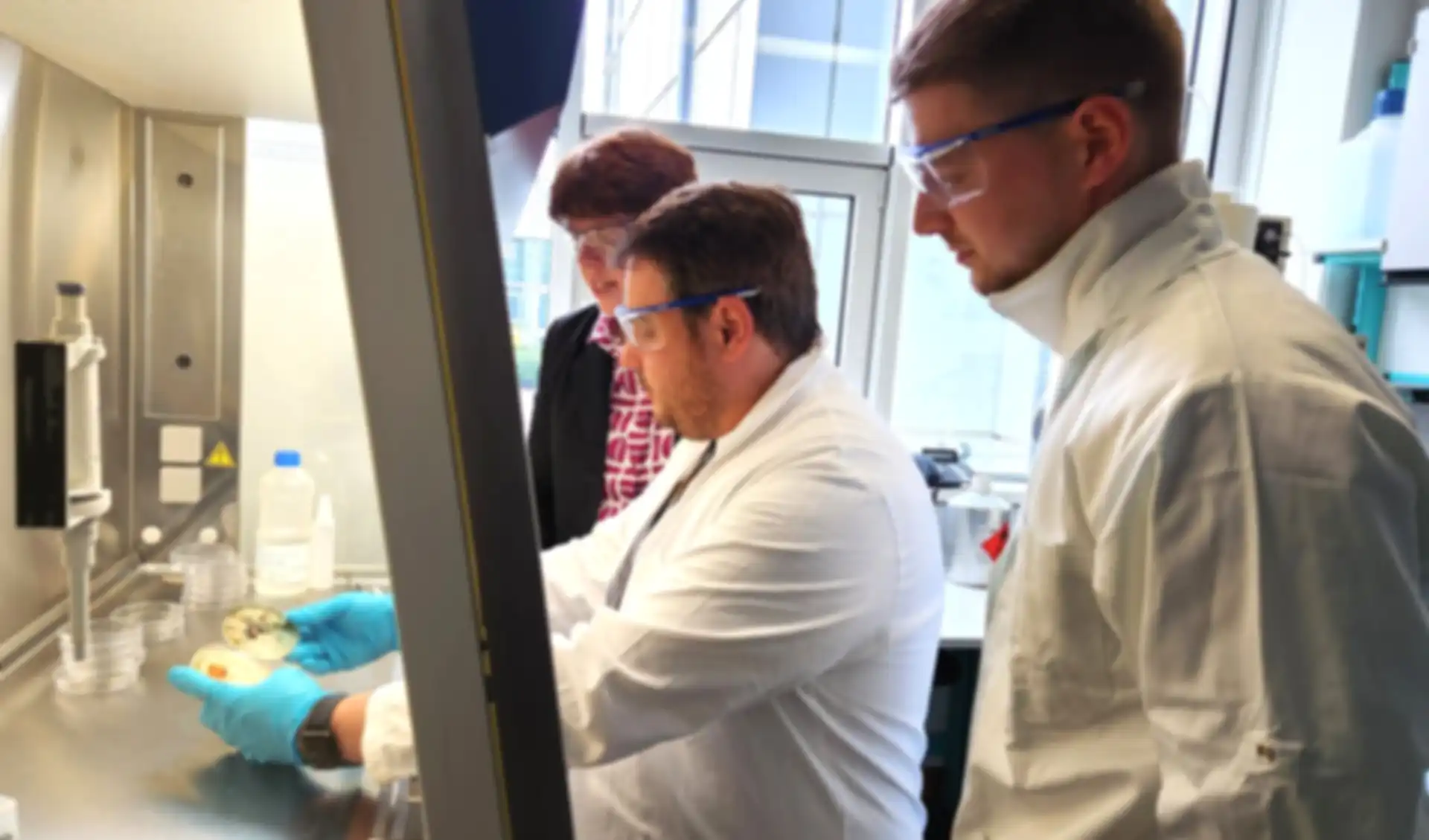7/7/2025
OPEN TELECOMMUNICATIONS FOR ALL
Open Radio Systems wants to democratize mobile networks
The EU has a strong position in the infrastructure for mobile networks: Ericsson and Nokia are among the world's leading suppliers in an oligopolistic market, along with Huawei from China. However, mobile technology is continuously changing, particularly when new technology is launched into the field or new requirements arise, such as digital sovereignty. The next generation of mobile networks will be software-based to a much higher degree; however, European mobile-infrastructure providers with a traditionally heavy focus on hardware are not adequately positioned for this scenario. Simultaneously, there are competitors in the USA and Asia who are extremely strong in software. However, the mobile-communications infrastructure must also become capable of being controlled due to hardware components from countries in pursuit of strong geopolitical interests posing numerous dangers for Europe. It is therefore essential that Germany and Europe find new solutions of their own.
This was the conclusion reached by the Federal Agency for Breakthrough Innovation (SPRIND) in 2020. Shortly afterwards, SPRIND published a position paper on 5G. At first, not much happened. However, with Stefan Valentin’s submission, things got moving. As part of a validation process, feasibility was proven and a common vision was developed from late 2023. At the beginning of 2025, Valentin and his team from Open Radio Systems then received a start-up grant of almost one million euros from SPRIND.
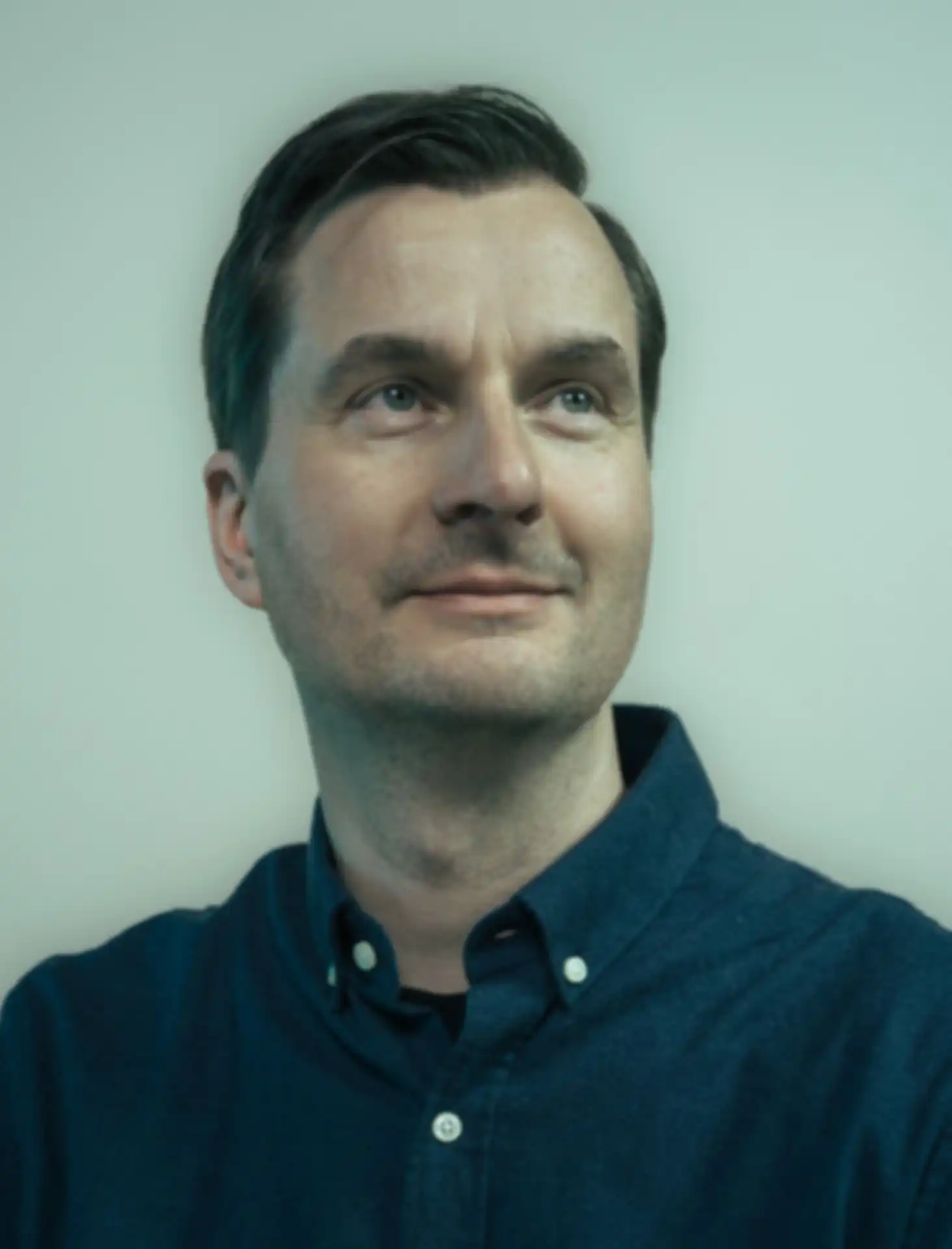
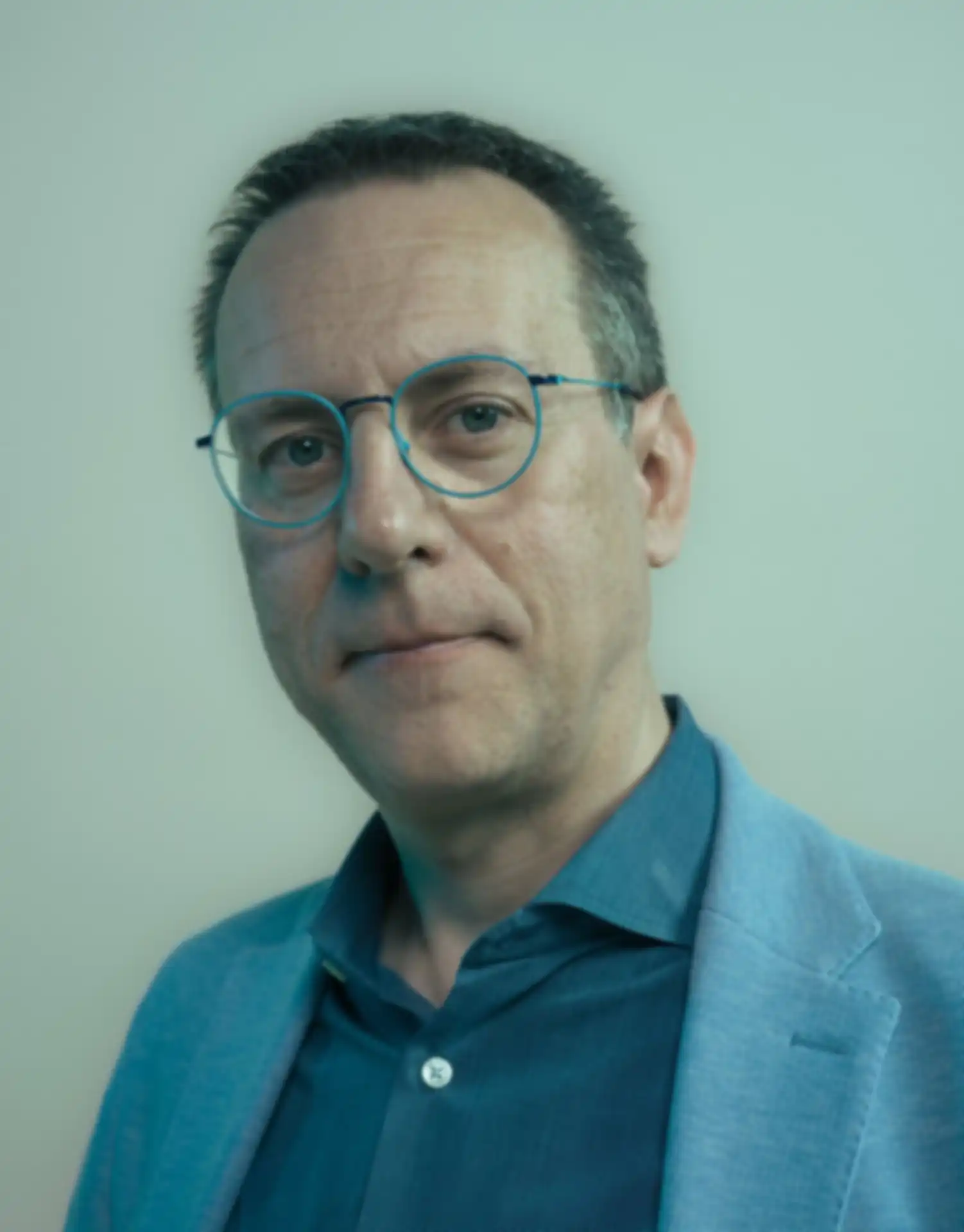
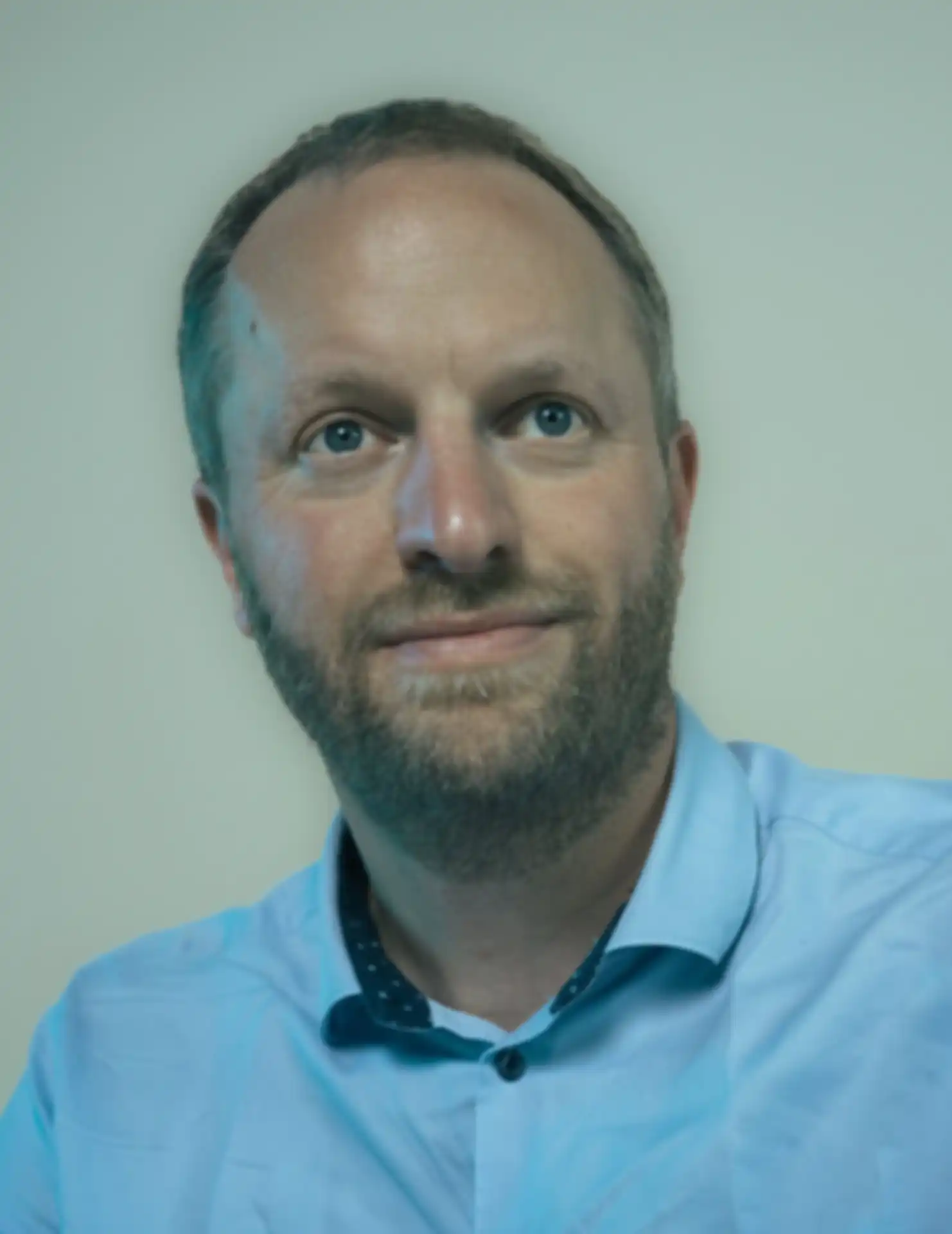
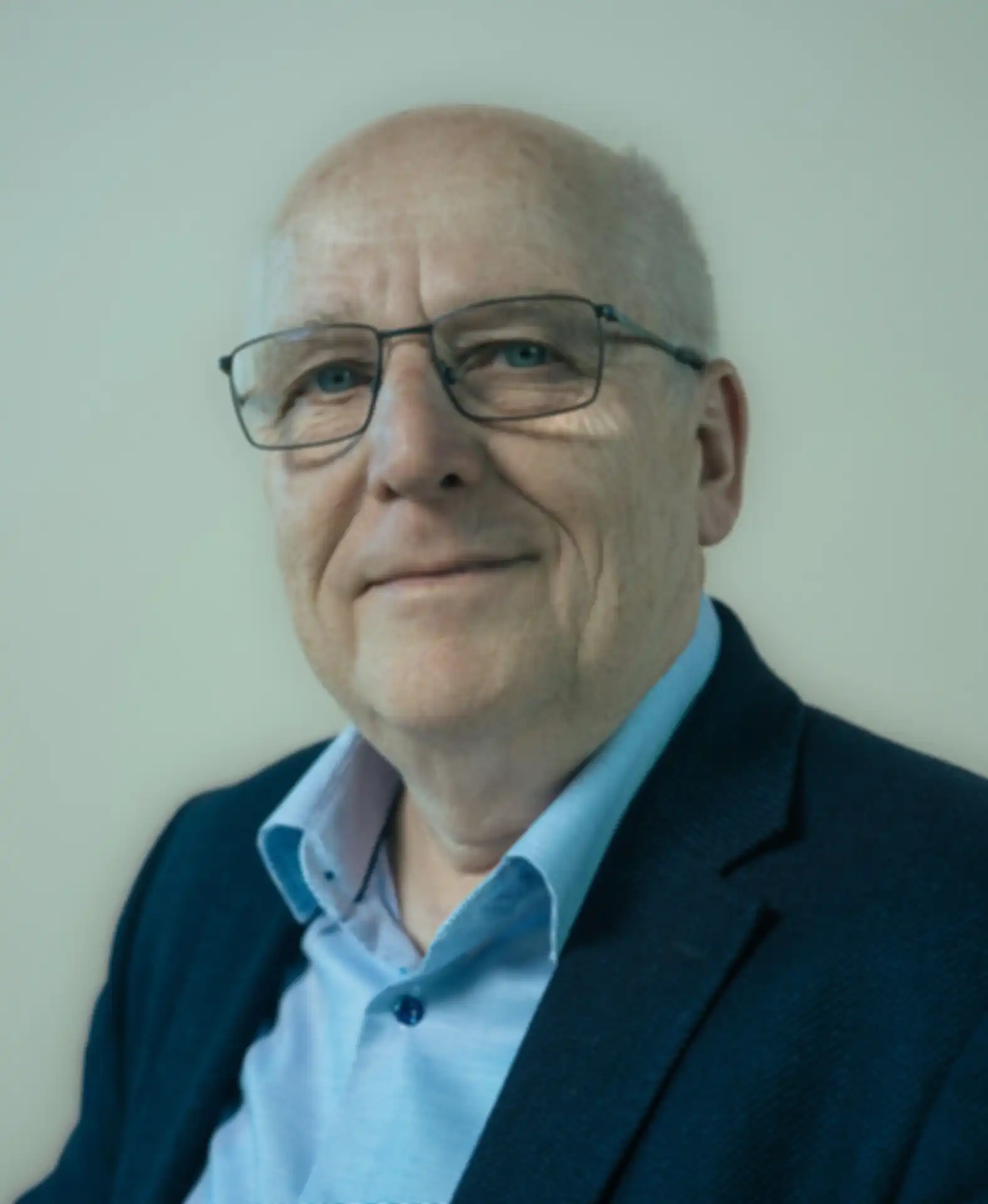
If Professor Stefan Valentin, Professor Stefano Tomasin, Professor Martin Kumm and Christian Freund – a team with concentrated experience from science and the mobile communications industry – have their way, future mobile networks standards will run much more smoothly and securely. The four founders finally want to get away from hardware, because it is proprietary and binds mobile operators to the manufacturers: Manufacturers not only charge high maintenance fees, but also make it difficult to combine their products with the hardware and software of other manufacturers. In addition, the use of open-source software on their network elements is not acceptable to the big manufacturers anyway – although this open approach could strengthen the transparency, sovereignty and security of European mobile networks.
Consequently, mobile operators are trapped in proprietary hardware. The possible solution? To advance the softwarization
of the mobile communications infrastructure to the greatest possible extent: Radio transmission, i.e., the wireless transmission of information using electromagnetic waves, is very complex. Up to now, there have mainly been proprietary hardware systems, tied to a specific application.
explained Stefan Valentin, CTO of Open Radio Systems. As a result, network operators highly depend on their suppliers. With new mobile communications standards, new hardware has to be deployed for months; there is no modularity. If you work with software, on the other hand, you only have to update it, not only saving time but also a lot of money.

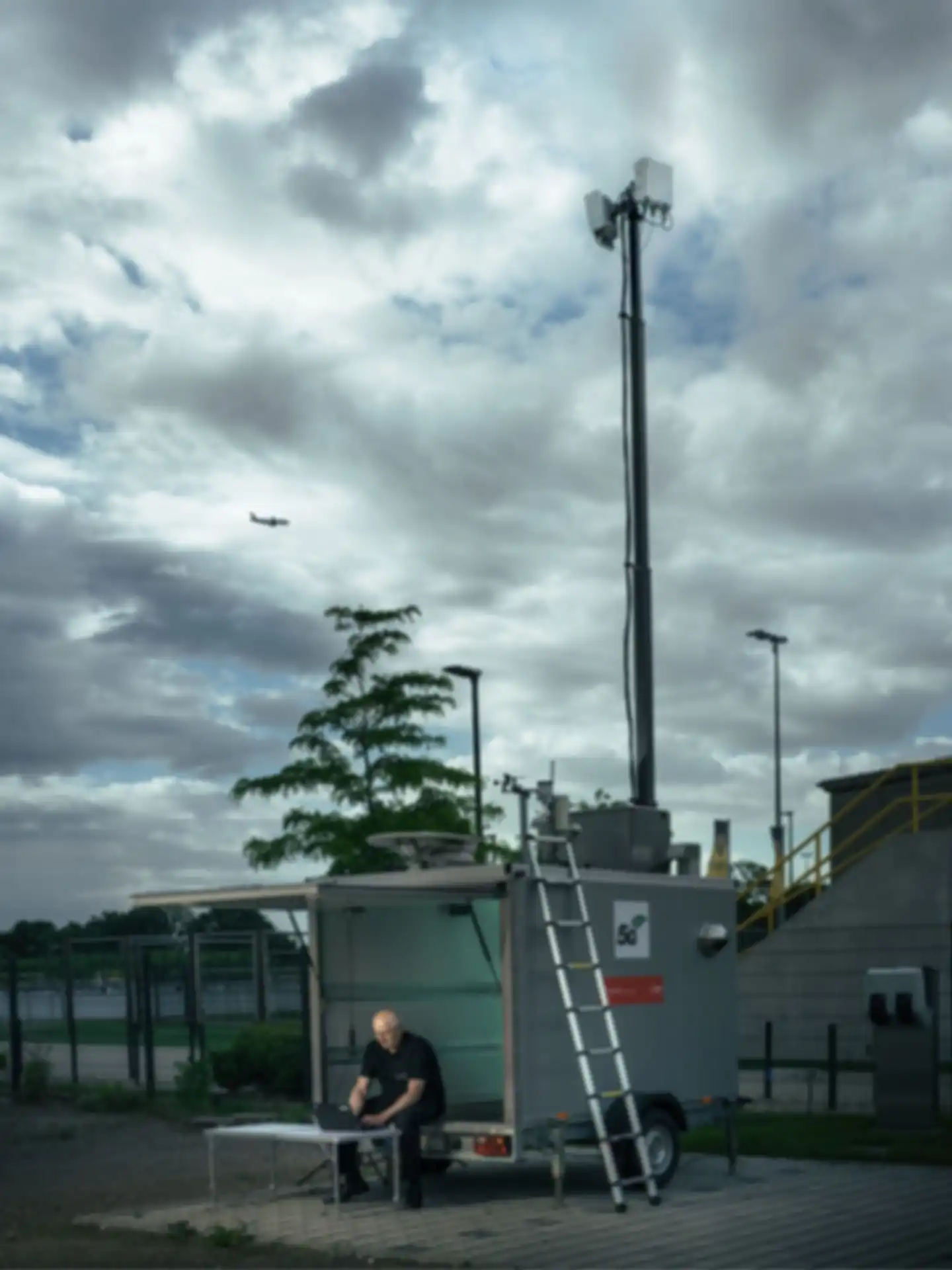
The team sees itself as an enabler for the conversion of mobile networks to open-source software, because they stand on the shoulders of several open-source projects that now need to be bundled. We enable a high-performance system that is able to process radio signals for many antennas with very high efficiency while being reprogrammable,
explained Martin Kumm. The second problem we resolve is boosting the capacity on the front-haul bus that transports digital signals to antennas. This has previously been an obstacle for software-defined radios. However, we are digitally connecting several front-haul buses together, thereby creating enough capacity for the high number of antennas and bandwidth that adhere to future 6G standards.
The whole thing is as difficult as having a conversation at a cocktail party – the quality of communication can quickly suffer due to surrounding noise. But the founders are optimistic about the next few months, particularly since a prototype already proves that the technology works. Up until this point, we have been concentrating on private 5G networks, also known as Campus Networks, used in industrial automation or hospitals. This market, in particular, benefits from softwarization because it requires tailor-made solutions. This is where our software's strengths shine, as it can be customized more easily and quickly than hardware ever could,
reported Stefano Tomasin.
We’re pushing the limits of what software can do, thus reducing hardware to the bare minimum.
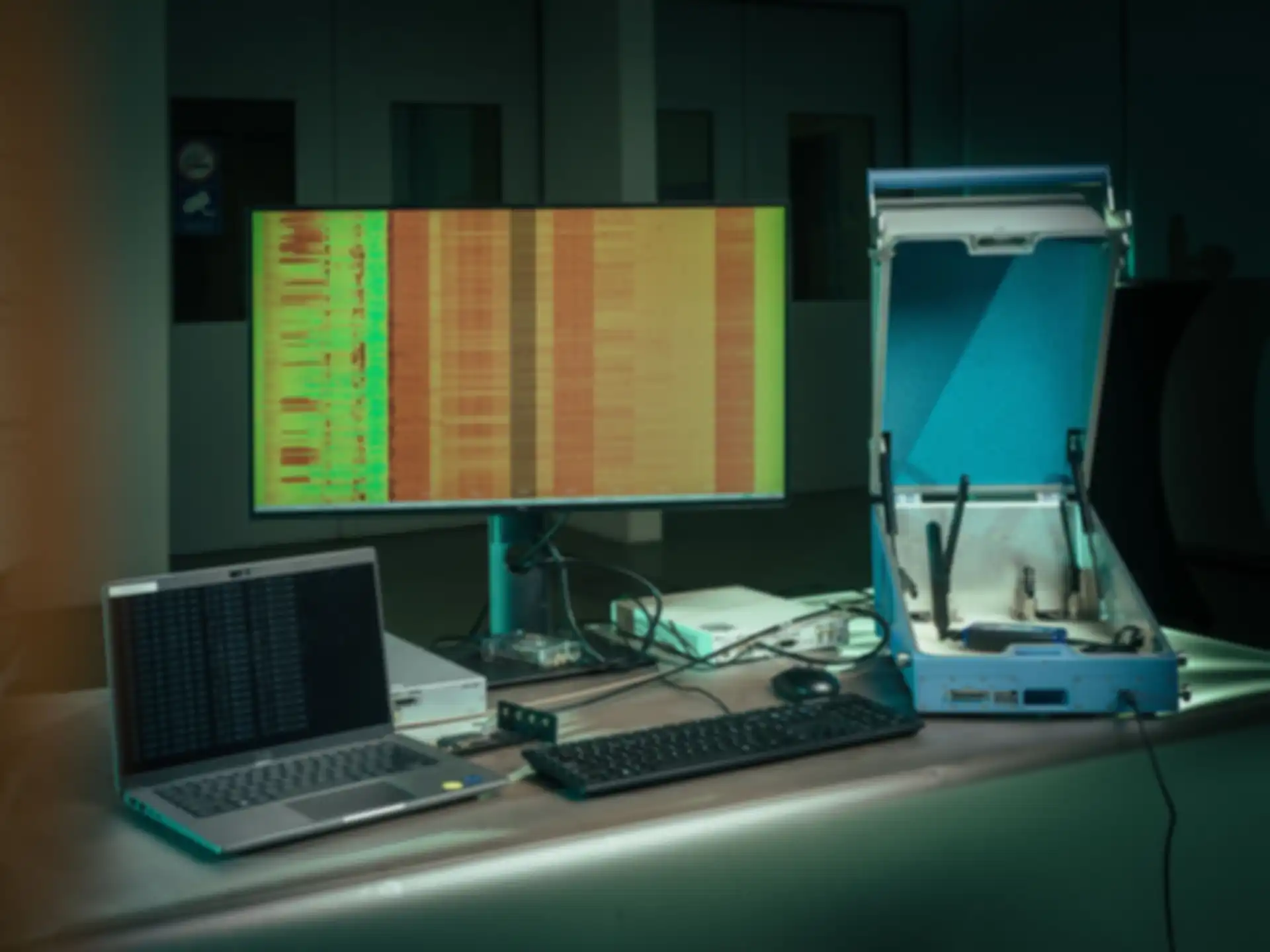
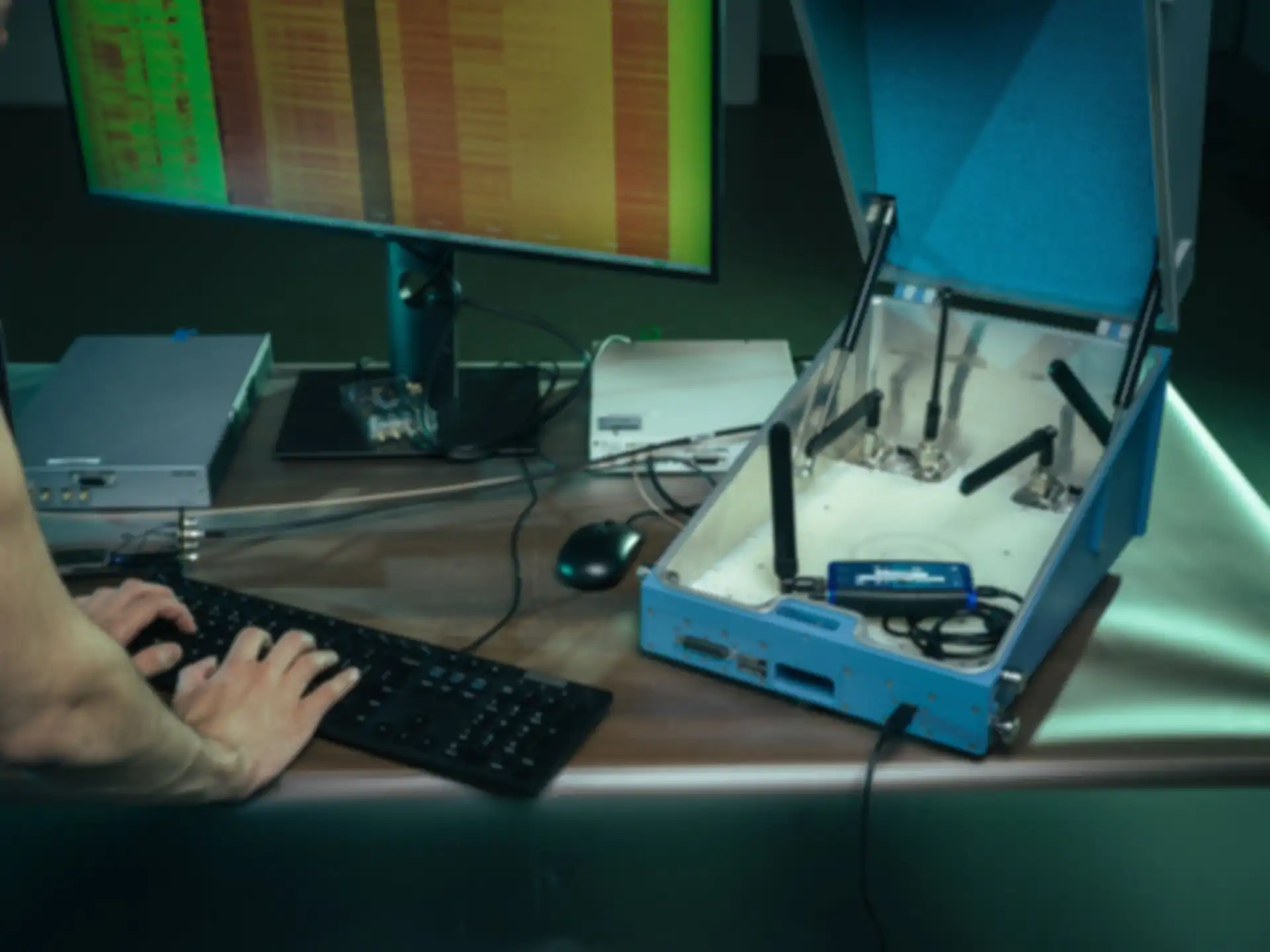
Over the long term, the technology should be available to everyone and move into the public mobile communications infrastructure. The Darmstadt-based company, which has a total of 14 employees from computer science and electrical engineering, cannot yet revolutionize the market on its own, however: We are the mosquito that tickles dinosaurs like Ericsson, Nokia and, primarily, Huawei, and that infects them with open source,
said Stefan Valentin while chuckling. The benefits of Open Radio Systems’ vision are clear: Making networks cheaper, bringing open-source solutions out into global deployments, security through openness, sustainable investments through hardware independence and lowering the barrier of entry for new players,
commented CEO Christian Freund, And above all: European sovereignty and the democratization of the critical infrastructure of mobile communications.
More about Open Radio Systems: openradiosystems.com
